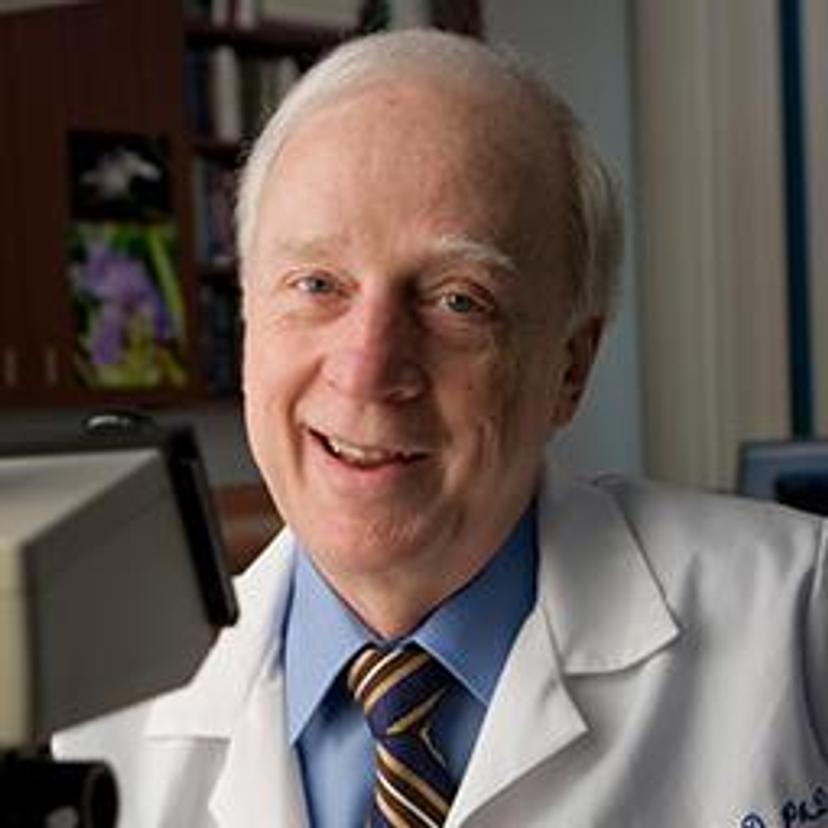Viral genomics: How sequencing can uncover the fundamentals of coronavirus
Discover how clinicians at the Center for Personalized Medicine identify and track different coronavirus strains
26 May 2020

As our understanding of COVID-19 evolves, clinicians of various disciplines around the world are repurposing their existing research to help address the coronavirus outbreak.
In this exclusive SelectScience interview, we speak with Dr. Timothy Triche about how he is using his experience in cancer biology and genomics to help develop diagnostics for SARS-CoV-2.
Can you tell us about your research into the rapid mutation of SARS-CoV-2?
TT: Because our team in the Center for Personalized Medicine (CPM) at Children’s Hospital Los Angeles uses genomics tools for a broad array of disease, including cancer and inherited genetic disorders, we were in a position to support development of rapid, high-quality diagnostics and research tools for SARS-CoV-2 in support of our virology laboratory. Like everyone, we are seeing SARS-CoV-2 in our community based on the FDA-approved PCR-based detection assay used by our virology lab. Cases that test positive are then sequenced in the CPM, and subsequently, undergo extensive analysis by our bioinformatics group. That allows us to both confirm the PCR result and, most importantly, identify viral strains based on sequence divergence, which is exceedingly common in the isolates we have studied.
What are the intended and experienced clinical impacts of this work?
TT: By identifying viral strains, several applications are possible. For example, one can determine whether transmission has occurred between two individuals or not, based on sequence identity or dissimilarity. In addition, one can map community spread on a broader scale by identifying the spread of a specific variant within a community. This can be exceedingly important for public health as different viral types appear in a community. The so-called D614G variant recently profiled in the LA Times is an example; it appeared in Europe, then spread to the US, and is definitely coming to dominate isolates in many locations, including ours. Ultimately, by sharing our data broadly with others, we hope to better understand fundamental issues like the effect of different viral sequences on things like infectivity, community spread, patterns of clinical disease, and development of immunity.
What do you see for the future of your work with SARS-CoV-2?
TT: Speaking for myself, I am ultimately a cell biologist and pathologist. Although cancer has been my historical interest, I am now fully engaged with trying to understand COVID-19 disease pathogenesis based on viral and host genome data. This coronavirus is unique, and the development of vaccines, anti-viral therapy, and supportive therapy will require a far better understanding of both the virus and host. The spectrum of disease observed in patients of differing age, gender, ethnicity, and location tells us this is a complex disease impacted by who you are, where you are, and what you are exposed to. The first step to ultimately controlling the disease is to understand it. We’re still in the early stages of the odyssey, but as we learn more, I believe we will be able to employ novel genomic tools to do things like prevent infection, interrupt viral replication and spread, and moderate excessive host response that can lead to life-threatening respiratory distress syndrome and multi-organ failure, among others.
For more of the latest coronavirus news, visit our special feature page>>
